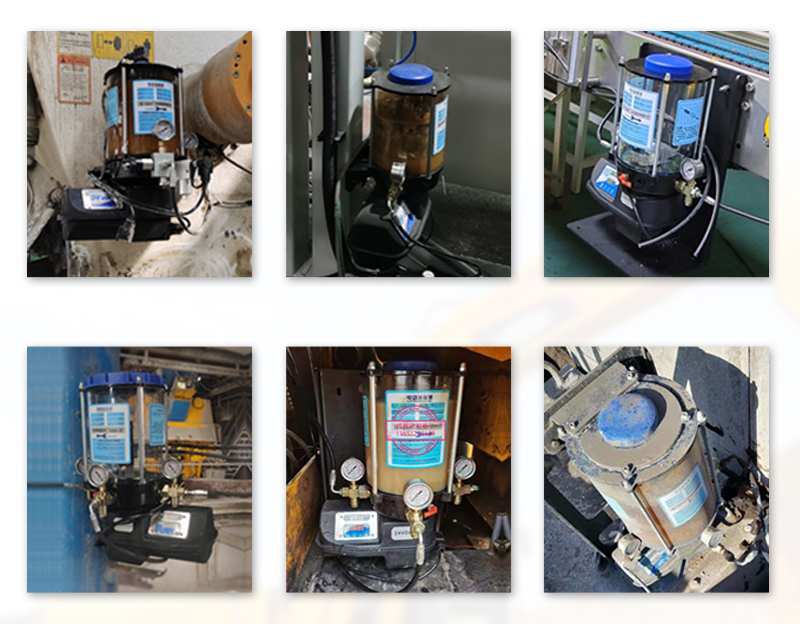With more than 40 lubrication points on the chassis alone, refueling commercial trucks is a labor-intensive process.
Electronically controlled automatic lubrication systems—a truck add-on popular in Europe and growing in popularity in the U.S.—ensure that lubrication points receive small amounts of fresh grease on a regular basis by regularly distributing them.
“The biggest advantage of an automatic grease distribution system is that lube points get regular small amounts of fresh grease, which contains fresh oil and additives, not just more frequently at service intervals,” says Steven Bowels, Senior Lubricant Product Specialist, at CITGO.
“A little more grease is better than a little less grease when it comes to relubrication of grease joints,” adds Stede Granger, Shell Lubricants OEM Technical Services Manager.
The automatic system also allows for lubrication while the truck is moving, an impossible task to do manually.
Grease jobs are usually assigned to the newest technicians on the shop floor, or to the least experienced employees.The automatic system eliminates the lack of expertise.
“It’s something else that needs maintenance, but it can be a valuable part, especially if you’re extending the drain,” said Paul Cigala, CVL applications engineer at ExxonMobil.”That’s one thing your mechanic doesn’t have to worry about.”
Automatic lubrication systems may take one less thing off the shop floor, but Ron LeBlanc, senior technical advisor at Petro-Canada Lubricants, said they are far from a “set it and forget it” solution.
“If the automatic lubrication system is regularly monitored, it can be beneficial to fleet owners. However, if it is forgotten, it can be problematic,” he said.”It is important for fleet owners to invest in quality solutions for oils, greases and automatic lubrication systems to ensure their fleets are properly lubricated and protected.”
Automatic lubrication systems consist of injectors or valves, pumps, controls, piping and fittings connected to lubrication points.The entire network needs to be spot checked from time to time to make sure it’s working as designed.
“If you see an injector that isn’t greased, you have to be careful because that can cause that part to fail,” Cigala added.
There are pros and cons to automatic lubrication systems, said James Booth, North American commercial unit manager for Chevron Lubricants.On the positive side, he says it’s possible to set the right amount of grease to consistently re-grease your equipment at the right time.However, since seasonal temperatures still need to be considered, there is an effort to calibrate, monitor and maintain the system, which may require a sufficient change of grease to lubricate the system for reliable flow through the automatic lubricator.
“If the system isn’t set up and maintained to maximize benefits, the negative could be cost,” he added.”Furthermore, mechanics may not be checking equipment as frequently to find imminent problems that require repair.”
Automation of manual processes can have unintended side effects, taking technicians’ attention and focus away from parts such as slack adjusters or kingpins, and failure can be costly, if not catastrophic, Granger said. high.
“One of the things I like about manual grease relubrication is that it gives the technician a reason to get under the car,” he said.”When you’re there, you can actually be proactive in finding out what’s going on. I just found that it’s very worthwhile to get out of the car a lot and keep your eyes open. Many mechanical failures are always the first warning.”
Part of lubricating components properly, Cigala adds, is actually seeing the new grease wash away the old grease along with any other contaminants.This is something that automated systems cannot monitor.
“[Proper lubrication],” Cigala added, “make sure you see the old product being pushed out, [and] any kind of metal, any kind of moisture, any kind of dirt.”

Post time: May-20-2022
